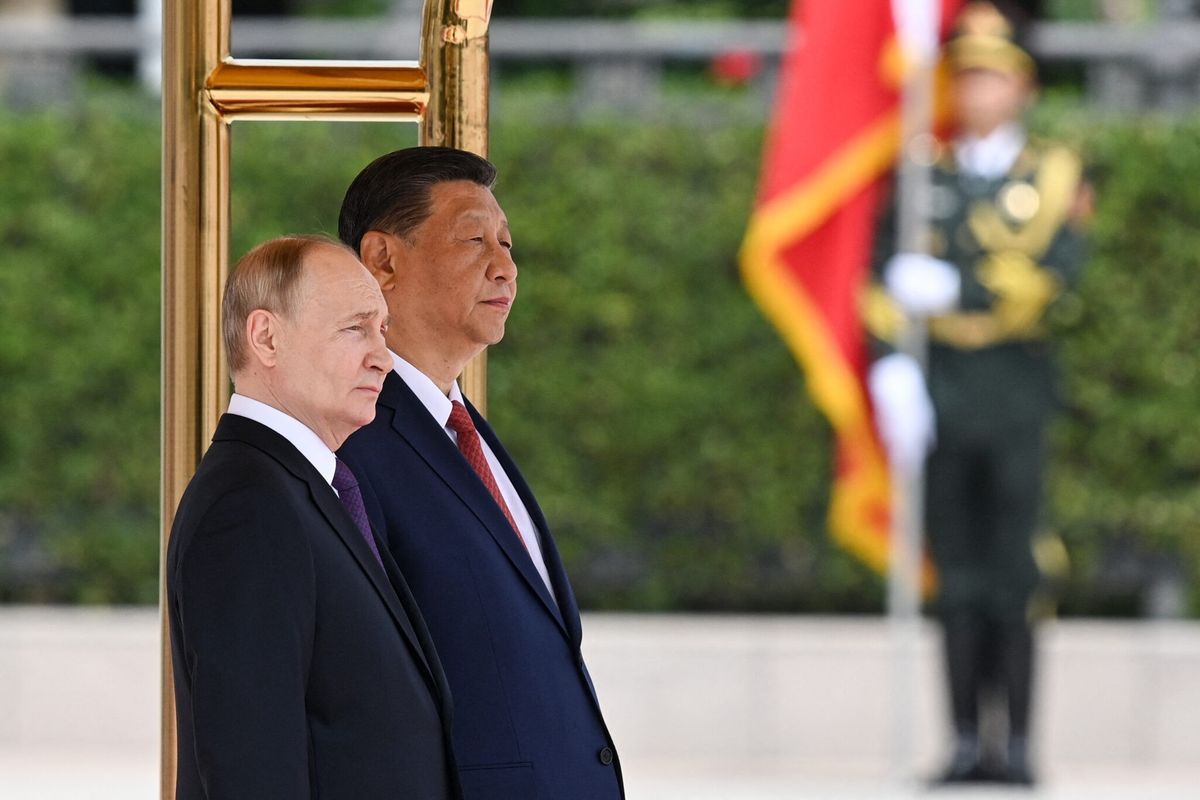North Korea’s July intercontinental ballistic missile (ICBM) tests have crossed a new capability threshold, allowing Pyongyang to potentially reach the continental United States. Further, U.S. intelligence estimates predict that North Korea now possesses the technology to miniaturize a nuclear warhead and place it on an ICBM. As tensions remain high between the Kim regime and the Trump Administration, North Korea’s new capabilities could raise the stakes. The Cipher Brief’s Will Edwards spoke to Philip Coyle, a senior science fellow at the Center for Arms Control and a former assistant secretary of defense, about the progress of North Korea’s missile development and why finding a new agreement to halt North Korea’s program is more important than ever.
The Cipher Brief: The Pentagon recently completed a report saying North Korea could successfully miniaturize a nuclear warhead and place it on a missile. North Korea has claimed this capability for some time and previous reports suggested they had achieved this capability. What is new about this report?
Philip Coyle: What’s new is that it came from a U.S. intelligence agency, the Defense Intelligence Agency, even though DIA had said that earlier, in 2013, only to have been wrong. That it came from an intelligence agency caused people to take it seriously.
It also called attention again to the fact that time is not on our side. Whether one agrees with the DIA assessment, more than 15 years have passed since the United States last held serious negotiations with North Korea. North Korea used that time to test and build more and more missiles, to develop nuclear weapons, and conduct five nuclear tests. The U.S. should not waste any more time and needs to engage with North Korea directly. If China can be engaged in parallel all the better, but only through direct talks will North Korea take the U.S. seriously.
The U.S. had an agreement with North Korea in 1994 that stopped the North Korean nuclear weapons program. North Korea complied with that agreement for several years until the U.S. effectively killed it. We also achieved an agreement in 2000 which stopped the North Korean long-range missile program, but again the U.S. did not sustain that agreement and it fell apart. We should not waste any more time.
TCB: What are the remaining technical goals for North Korea's ICBM program?
Coyle: North Korea will need to increase the payload carry capacity of its missiles. The missiles tested in July were relatively small for supposedly being of ICBM range and could only reach ICBM range if the payload also were relatively small. Also, North Korea will need to develop missile reentry vehicles that can survive the heat and vibration of reentry, develop better guidance and control systems, and improve accuracy and reliability. Of course, the engineering standards that North Korea would need to meet in order to present a credible threat would not need to reach the same levels as, say, the United States might require.
TCB: How has North Korea acquired the materials and know-how to advance its missile program?
Coyle: North Korea has advanced its missile programs by devoting a proportionately larger amount of its economy to missile developments and by obtaining technical help from other countries, notably Russia.
TCB: How does the sophistication of North Korea's technology compare to that of other countries with medium or long-range missiles?
Coyle: North Korea’s missiles are not as advanced as, say, Iran or Pakistan, but the pace of missile testing in North Korea under Kim Jong-un has been rapid during the last six years with about 80 ballistic missile tests conducted. Also, in recent years, North Korea seems to be focusing on the development of longer-range missiles— ICBM-range missiles—whereas countries like Iran and Pakistan have focused on short, medium, and intermediate range missiles for regional offenses.








